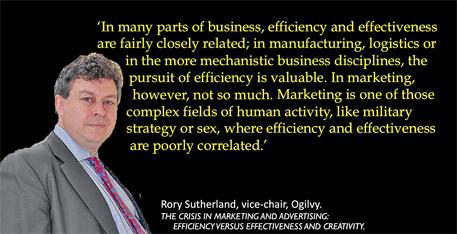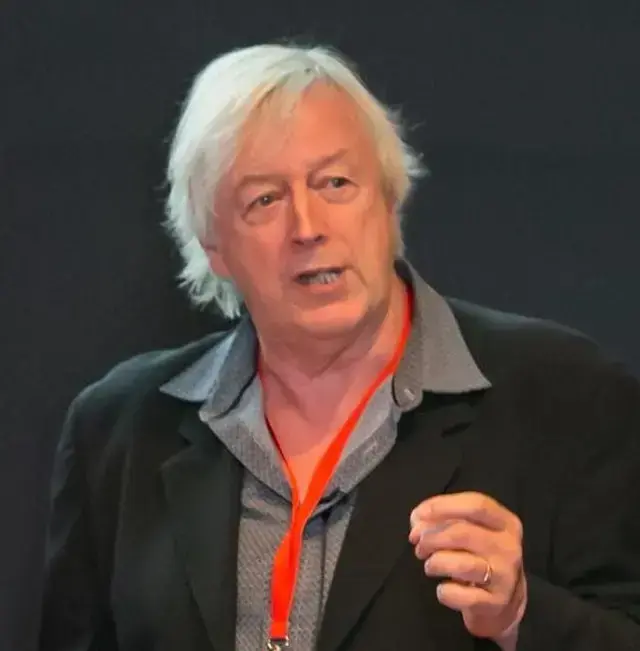The use and misuse of emotion, part two.
Three steps to transform how fundraisers communicate emotionally.
- Written by
- Ken Burnett
- Added
- September 01, 2019
Part 1 of this two part article can be seen here.
I’m fond of saying that we fundraisers have the best stories in the world and the best of reasons for telling them well. So when fundraisers tell their stories you’d think our supportive publics would receive them eagerly and warmly.
Not so. If you imagine donors and others are enthusiastically welcoming of charity communications you’d have been dismayed to read a recent article from the UK journal Third Sector under the headline, Over 80 per cent of charity ads get a one-star rating from the public. Its author, market researcher Will Goodhand, dispelled any fond hopes that British people might be taking a benign view of charity ads. Here are several of his observations:
• The public disliked the majority of TV adverts, but disliked a higher proportion of charity ads compared to those from other sectors. • While many charity ads are effective in driving short-term donations or quick-fire responses eg to humanitarian and natural disasters, long-term growth requires positive brand feeling which is contingent on positively framed advertising. • Many charity ads elicited negative responses such as sadness, fear and even disgust, as opposed to more positive emotions. • A focus on short-term activation, rather than long-term relationship building. • Many charities are missing opportunities to drive donations by not spending enough money on their DRTV (direct response television) advertising and marketing in general.
Evidence of yet more short-term thinking, the consistent curse of the voluntary sector. But we should listen closely to what Mr Goodhand says about charity ads, because it points towards a change in approach that might transform how our publics view fundraising.

We’re all familiar with TV advertisers’ annual pre-Christmas scramble for customers and the dominance of high-budget, emotional storytelling ads from the nation’s best-known supermarkets each vying to compete to present the most emotional seasonal campaign. Pre-Christmas, as we all know only too well, is also the most productive time for fundraisers. So why – with a few notable exceptions – is this the exclusive territory of supermarkets, not charities? It’s not just a question of bigger budgets, as occasionally – see above – a great charity ad comes along to show what can be done with simple emotional storytelling. (NB: though I bet it raised a lot, this ad doesn’t ask for money. And it didn’t cost a lot either. Heaps of kudos to RSPCA.)
Exceptions notwithstanding, how and why each Yuletide the purveyors of groceries steal a seasonal march over we would-be world-changers is no great mystery. Rather it’s a masterclass in emotional storytelling that all charities might usefully study and take tips from. As they pour gulp-inducing budgets and all their (or their agency’s) creativity and imagination into crafting their fantasy ad-world image of the ideal Christmas, supermarkets could point our sector towards a recipe for fundraising success. But only if, bearing in mind the story of David and Goliath, we can think longer term and adapt some lessons that seem to work well for other kinds of storytellers.
First, we have to stop prioritising efficiency over effectiveness and learn to take a long view.
Traditionally, fundraisers have crafted their messages with a view to directly raising as much money as possible as quickly as possible, rather than seeking specifically to give donors such a powerful feeling that they’ll love to give and want to keep giving. This misjudgement comes from a crude short-term focus on the money people send us rather than from recognition of the emotional needs of the people who are sending it, and crafting a carefully structured response to that.
It’s one sign of the gulf between efficiency and effectiveness. Come to my next IoF seminar where, using the examples of street fundraising and direct mail I’ll show how this difference in approach has cost charities £billions in recent years, while driving away droves of potential customers. I’ll also share examples that show what I think we can do to change things.
Next, let’s create opportunities to work collaboratively in similar mission groups. No doubt, the public loves it in those rare instances when we do. I’ve just completed six years as a trustee of the UK Disasters Emergency Committee; they have evidence for this, by the hundreds of millions. Fourteen leading UK aid charities coming together at times of great need, working in concert, collectively, uniting behind a common message, sharing challenges and resources, reporting on life-saving actions that instantly empower donors to be the difference they want to see. In short, better together by far.
Why are more sub-sectors of voluntary action not inspired by their example? Cancer-busting research charities, for example. Or 24-hour help-lines, local improvement groups, community care programmes, anti-pollution campaigns and more – all can report great results and achievements that will fare far better if told of together. If all are asking for money all at once they’ll be seen as competitive and probably irritating, too. But if they’re uniting to tell of lives changed and differences delivered (thanks to you, Mr and Mrs Donor) the amplification and shared impact of their message will be far greater than the sum of their parts. They don’t need to be always asking for money, because – guess what? – donors already know what they need to do. And, if suitably emotionally inspired, crucially they’ll want to do it too.

Then, we need to start telling our stories in different ways and different places. We need to get together, to share connected messages of achievement that will consistently delight donors. A series of shared-cost TV ads is just one potential route. Why not a reality TV series, featuring people whose giving has made big changes? Why not create display areas in charity shops, showcasing donors’ achievements and invite donors to drop in for a cup of tea and find out about the great differences that, together, we’re making.
Meanwhile, with massive thanks to Caoileann Appleby and Ask Direct Dublin (and Guinness and Welsh rugby), have a look here at a 90-second TV advert that shows what legacy advertising could be – sheer delight, laughter and a great emotional story. As Caoileann puts it, ‘Masterful legacy marketing in 90 seconds. Yet again, a commercial business is showing us how it’s done.’
My heart soared when I heard this. In telling their stories better fundraisers could counter the public’s desire to cross the street to avoid them, replacing it with the irresistible charm and appeal of their most heart-warming stories. How we might do that will be the subject of a second IoF seminar on the use and misuse of emotion, coming your way soon.
© Ken Burnett 2021.
Related articles
• The Emotional Brain.
• Straight to the heart of how fundraising works.
• CDE project 6, the use and misuse of emotion full contents and purpose.
This article first appeared on the Institute of Fundraising’s website, here. The two parts should be read together, in sequence.
Part 1 can be seen here.

















